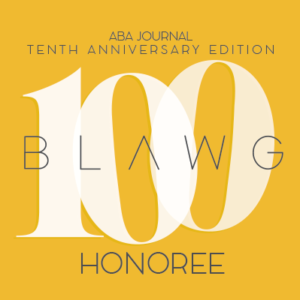Today’s guest post is from Avinash Amarnath.
India Update 2015 Vol. 2
Trade associations continue to be the flavor of the day in the cartel space in India.
On 21 January 2015, the Competition Commission of India (CCI) imposed a penalty on the Dumper Owner’s Association (DOA), a trade association of dumper and hywa [unloading] machinery providers for intra-port transportation of cargo at Paradip Port and its individual officers for controlling the supply of dumpers and hywas at Paradip Port and fixing supply prices. The trade association was fined 8% of its average turnover (for the last 3 years) while the individual officers were fined 5% of their average income (for the last 3 years).
The complaint was brought by Swastik Stevedores Private Limited (the Informant), a company engaged in the business of stevedoring and intra-port transportation of cargo alleging that the DOA, in connivance with the Paradip Port Trust (PPT), the government authority managing Paradip Port had been refusing to provide dumpers and hywas to it.
In particular, the CCI found that:
- The DOA had been entrusted with the authority to issue gate passes for dumpers and hywas at Paradip Port by the PPT which gave it a unique advantage in controlling supply at the port as no machinery could enter the port without a gate pass. Further, the members of the DOA owned a substantial number of the dumpers used at Paradip Port. The DOA used this control over the supply of dumpers and hywas to refuse supply to the Informant thereby limiting output through collective action in violation of the Competition Act, 2002 (Competition Act); and
- The DOA collectively fixed the rates to be charged for provision of dumpers and hywas. The members were forced to abide by such rates and were not allowed to individually negotiate rates. This resulted in determination of sale prices through collective action in violation of the Competition Act.
The PPT was exonerated, as there was no evidence of any collusive agreement between DOA and PPT.
Interestingly, the Director General (DG), the investigative wing of the CCI, during its investigation had found that the DOA had collectively fixed rates after negotiations with the Paradip Port Stevedores Association (PPSA), an association of stevedores and had concluded that both bodies were liable for price-fixing despite PPSA not being a party to the original complaint. PPSA had raised a preliminary argument that the DG had no jurisdiction to investigate it as it was not a party to the original complaint and accordingly, no investigation had been ordered against it by the CCI. The CCI dismissed this argument by observing that the DG was well within its right to examine the conduct of any entity that is related to the alleged anti-competitive conduct. However, the CCI absolved the PPSA of liability on the ground that the members of the PPSA were consumers of the DOA and such negotiations between consumers and suppliers cannot be construed to be price-fixing.
Another interesting trend to note is the increasing propensity of the CCI to impose penalties on the individual officers of the company/trade association in cartel matters. This is the 8th cartel case in the last year or so where individual officers have been penalized.
The full decision of the CCI can be accessed here.
Avinash Amarnath can be reached at [email protected].
